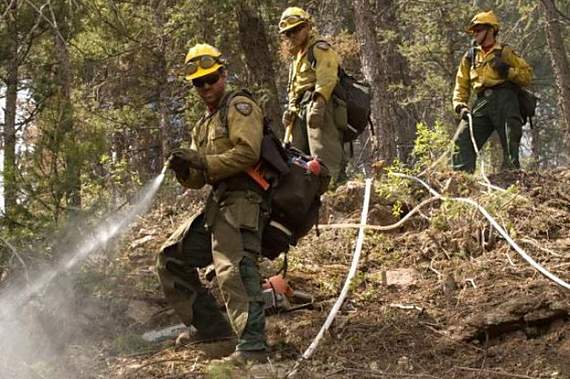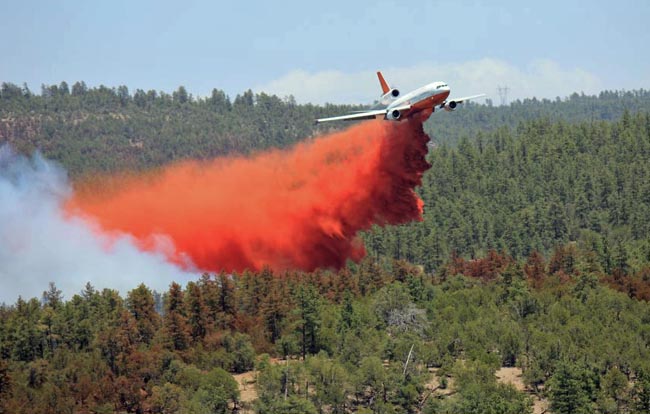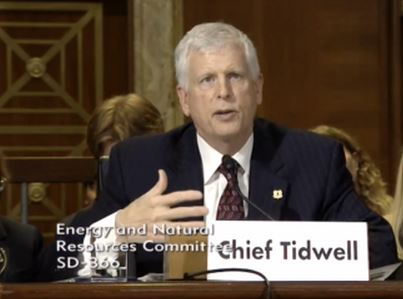
In Colorado the local sheriff is responsible for the suppression of wildfires in unincorporated areas, regardless of the amount of training and experience the elected official may have in the management of wildfires. Yesterday the El Paso County Sheriff’s Office released a 27-page report about the Waldo Canyon Fire that blackened over 18,000 acres, burned 347 homes, and killed two people when it spread into Colorado Springs June 26, 2012. We can add this report to the two already issued by the city of Colorado Springs, and hopefully, a report to be released some day by the U.S. Forest Service which initially had jurisdiction for the fire that started in the Pike National Forest just west of the city.
Even though the most serious impacts of the fire were in Colorado Springs, the city refused to delegate authority for the Incident Management Team to manage the fire within their city limits, and pretty much operated on their own as hundreds of homes in the Mountain Shadows area burned and two people were killed. The County Sheriff’s report referred to this in an indirect way, as seen below:
“In preparation for the arrival of the Type 1 Team, Delegations of Authority were received from all affected jurisdictions except one agency. ****Note**** Delegations of Authority in this context refer to documents that permit state and national resources to provide assistance in local jurisdictions. These documents do not diminish or relinquish the responsibility of local authority.”
Here are some key developments during the first five days of the fire:
Friday, June 22, 2012. The first smoke report was at 7:50 p.m. The U.S. Forest Service and several agencies responded, but did not locate the smoke. All of the firefighters were released at 9:48 p.m. by the USFS who had assumed command of the incident.
Saturday, June 23, 2012. The next morning at 6:58 a.m. the USFS was back on scene. At 7:30 a.m. there was another report of smoke in the area. At noon after several other reports of smoke, the fire was located. About 20 minutes later more firefighting resources were ordered including a single engine air tanker. This is the first indication of any aviation resources, helicopters or air tankers, being requested for the fire. Shortly after that the Colorado Springs Fire Department ordered the voluntary evacuation of several areas. That afternoon a Type 3 Incident Management Team assumed command of the fire and a Type 1 IMTeam was ordered. Mandatory evacuations for some areas began at 3:12 p.m.
Continue reading “Sheriff’s office releases report about Waldo Canyon Fire”



